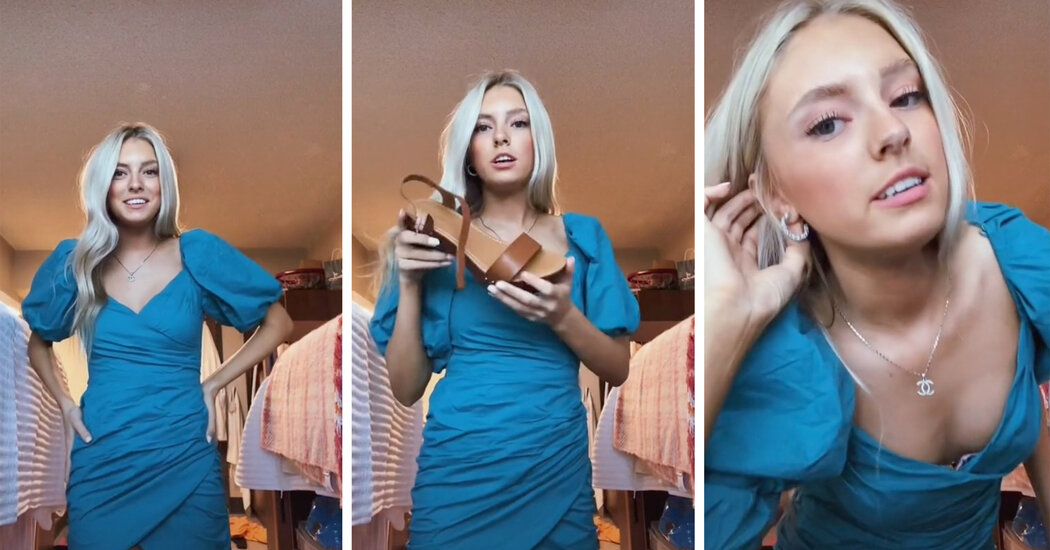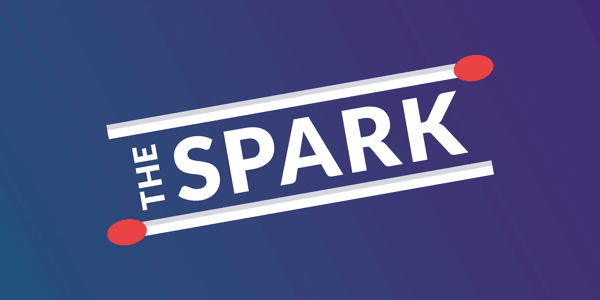When 280 Characters Isn't EnoughSometimes, 280 characters just won’t cut it. If your audience is all eyes for lengthier content, it’s time to give the people what they want. And Twitter’s new Revue newsletter integration might be the easiest way to their hearts. Revue (a recent Twitter acquisition) is a free newsletter platform that lets you publish content, manage subscribers, and dissect content analytics. The best part? With one click, users can become subscribers directly from your Twitter profile.
Consistent and valuable content is what keeps consumers itching for more, but social media’s character limits can’t accommodate long-form content in the same way. Marketers can use Revue to tell a bigger story (the kind that doesn’t fit in a Tweet). It’s an avenue that allows you to leverage your social media audience in ways that you simply couldn’t do before. As a bonus for B2B marketers, long-form content is an effective way to showcase thought leadership and insert your voice in industry conversations. So, whether you’ve been in the subscription game for years or days, this is a tool worth considering.
TL;DR: Brands should think about using Twitter’s free Revue integration to post newsletter content, gain consumer loyalty, expand storytelling capabilities, and make it easier than ever for your followers to tag along.
YouTube Takes Chapters to the Next LevelWith a slew of new search features, YouTube is making it easier than ever for video watchers to find the content they are looking for. Bonus: it’s also making it easier for them to find your brand, if you throw on your SEO cap and put these new features to work.
Last year, YouTube began rolling out auto-generated video segmentation, allowing users to skip through video sections. Now, these segments will also show up in search results, meaning users can jump directly to the minute most relevant to their search. Marketers should pay close attention to the integration of video chapters into YouTube search results. If the chapters YouTube generates on your video aren’t SEO friendly, you can edit the segments or add them in manually to more accurately direct a searcher to the exact content you want them to find. YouTube is also testing a feature that will return search results from Google when there aren’t enough relevant videos on the topic, meaning your content can get discovered on both sites simultaneously. Other new features include animated video thumbnails on mobile search and auto-translated captions for video search results in other languages.
While these new features may be more geared toward users than creators, marketers looking at the updates through SEO-framed glasses can take advantage of these changes to make their content and brand easier to find on YouTube.
TL;DR: YouTube introduced several new search features, including chaptered search results, which marketers can use to improve video SEO.
What Lit Us Up
Branding #BamaRushIf you have a TikTok account, chances are you’re either part of the 308 million watching #BamaRush or the side talking about #BamaRush. Over the last few weeks, millions of TikTok users’ FYPs (For You pages) have been flooded with sorority-hopefuls at the University of Alabama. The pledges are showing off their #OOTD (outfit of the day) by name-dropping the brand of each piece of clothing and accessory they’re sporting. During the week-long recruitment, brands such as Kendra Scott, Lululemon, and the Pants Store reigned in TikTok mentions and sales.
The Bama Rush phenomenon served as a micro-course in influencer marketing for brands big and small, showing women all across the country how to style pieces on TikTok. The Kendra Scotts of the craze gained insight into how consumers use their products, while small biz owners got a free lesson on how to create content that resonates with their consumer base. OOTD videos and content like try-on hauls, where influencers buy an extensive range of items from one store and try it all on for TikTok (think: Zara haul), not only organically promote brands, they hit the sweet spot of marketing that TikTok preaches: don’t make ads, make TikToks.
While the “queens of the (sorority) row” flaunted their rush-ready ‘fits, some users and media outlets such as Mashable and The Cut seized the opportunity to call out the dark, racist roots of Greek life – particularly at the University of Alabama, which didn’t desegregate sororities until 2013. The surface-level trend opened up conversations about diversity and inclusion on TikTok, showing social media’s power to educate people. Bama rush was great for brands to make a few extra bucks. Still, it plays into a more significant issue, and brands need to tread carefully when engaging with influencers and institutions that have controversial pasts. Remember, not all publicity is good publicity.
TL;DR: Sorority recruitment at the University of Alabama blew up on TikTok, skyrocketing sales for the brands mentioned in the videos and sparking deeper conversations for users and brands about diversity and inclusion. (Was this email forwarded to you? Sign up here.)
|
-1.png?upscale=true&width=346&upscale=true&name=Tier%20One%20logo_color%20(1)-1.png)


